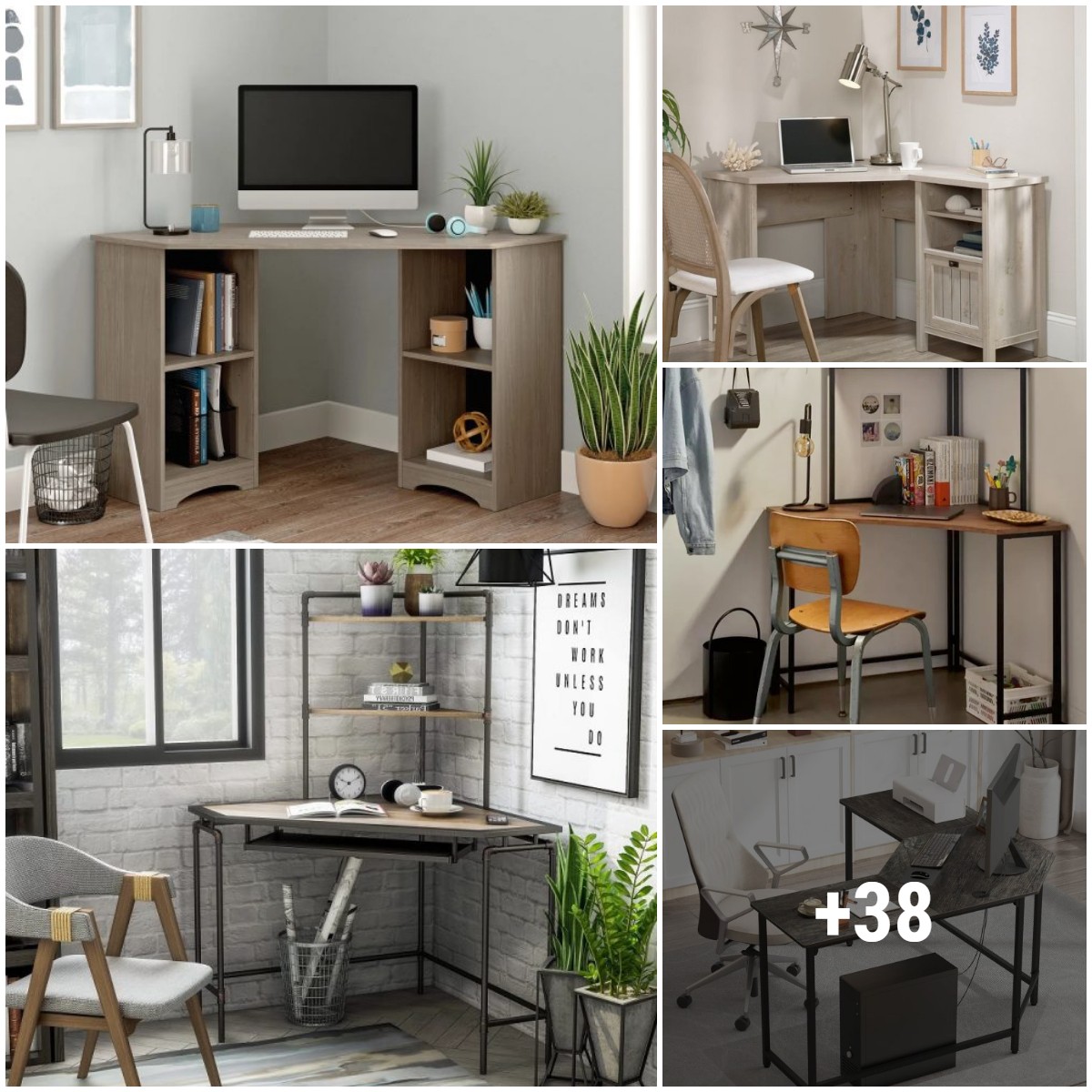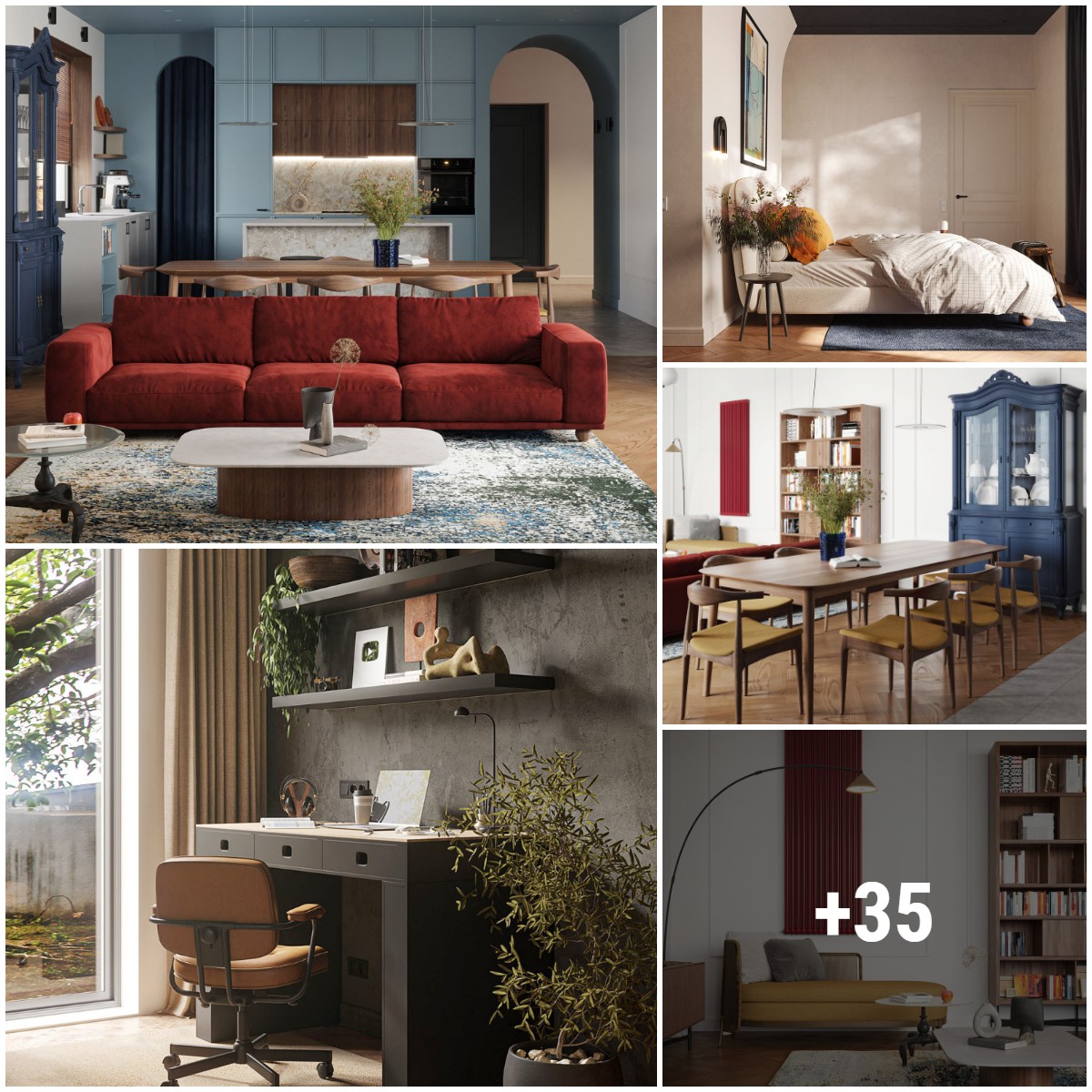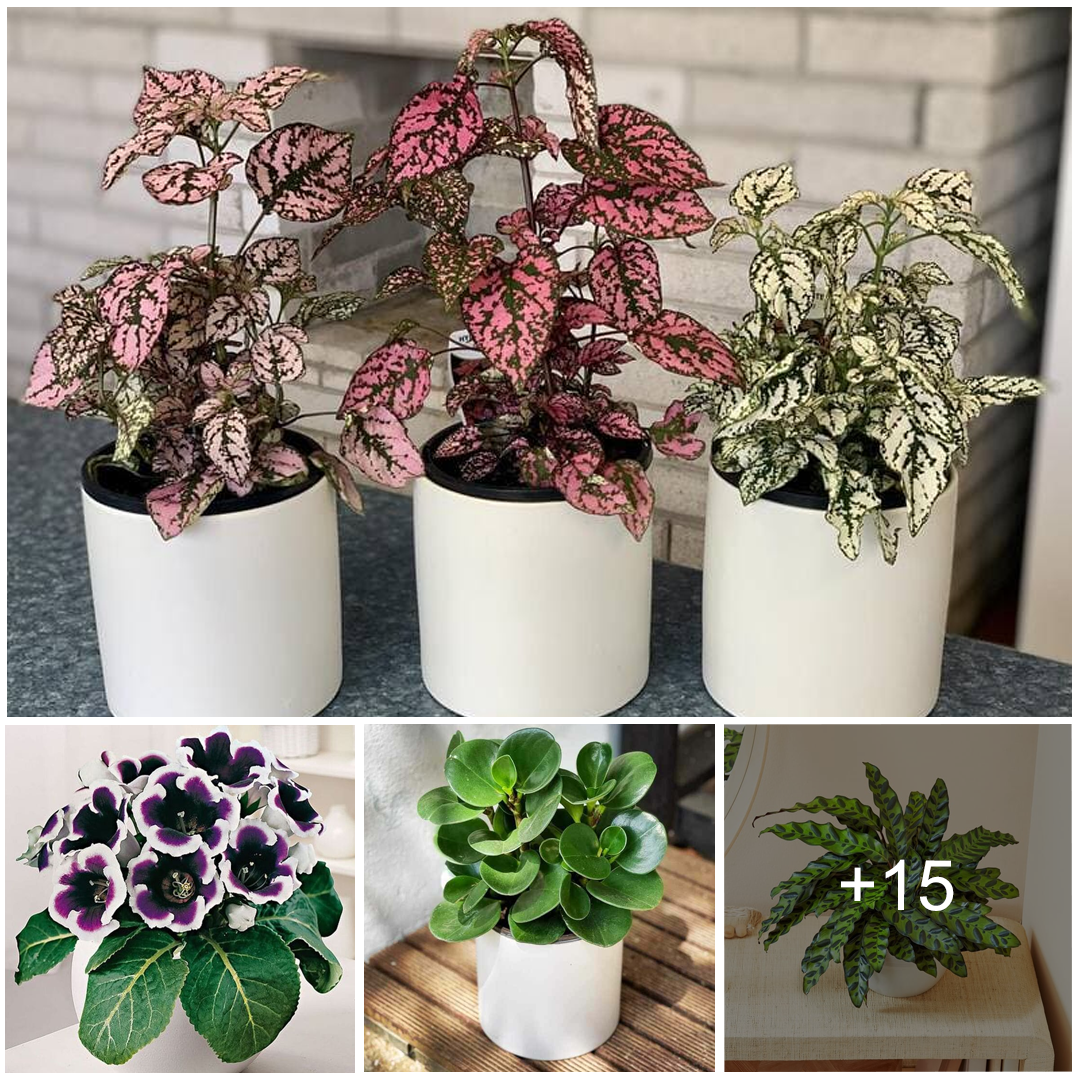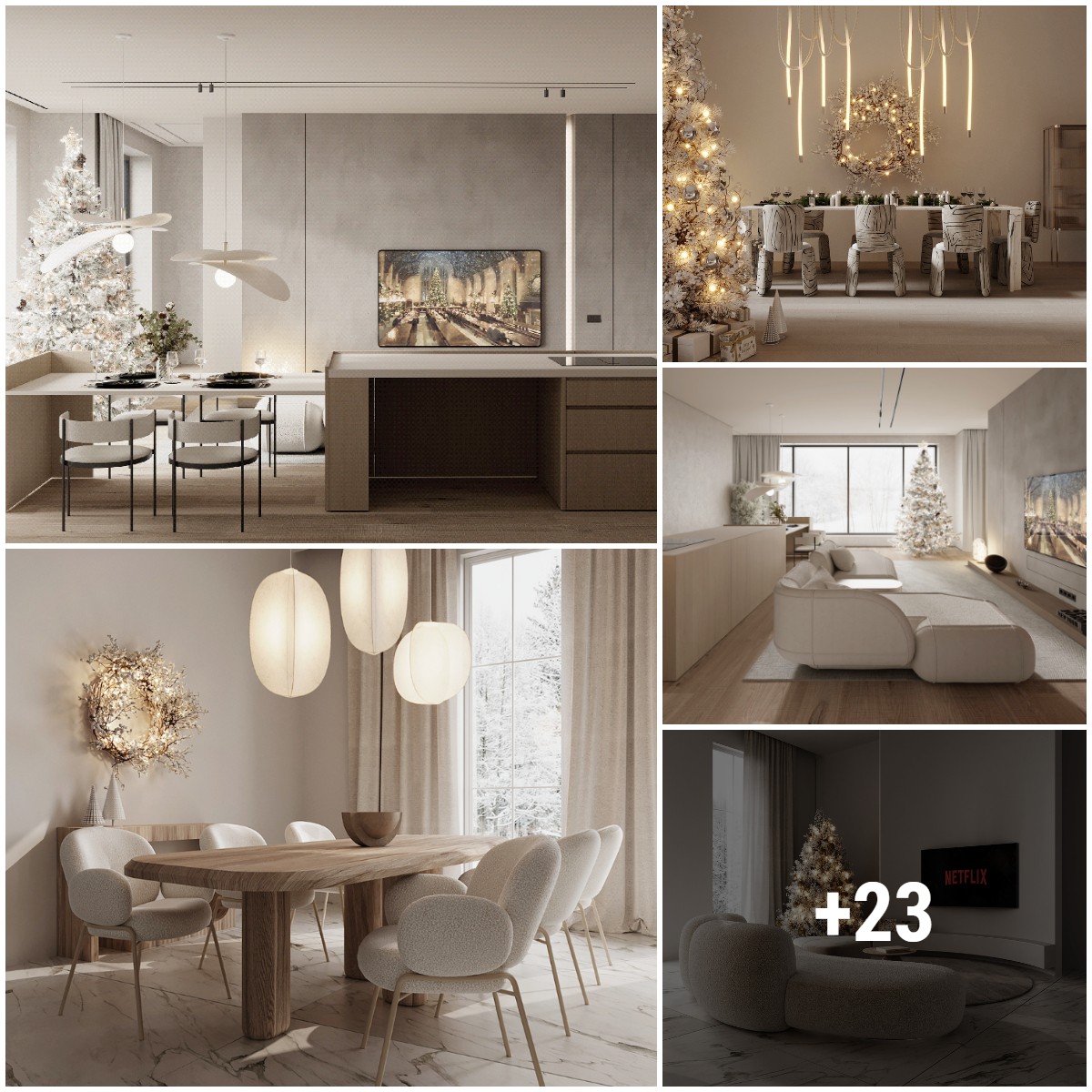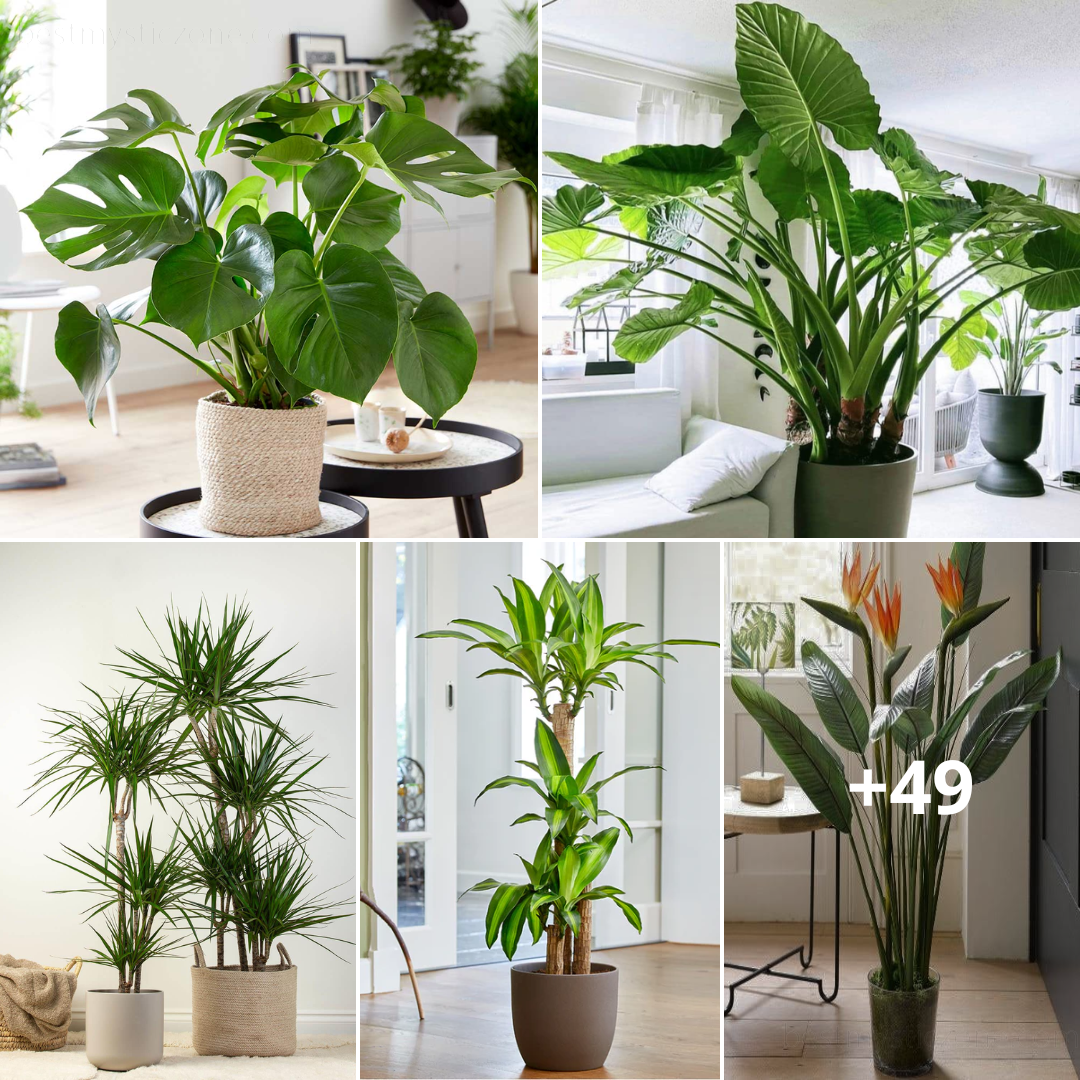:max_bytes(150000):strip_icc():format(webp)/kitchenhouseplantfourinwindow-64cf484316334cee8c8720c97d8b7fe9.jpg)
A window plant is a perfect way to add greenery to your space and freshen up your home.
The best window for a plant depends on how much light that plant needs, with directly north-facing windows providing the least amount of sunlight, and south-facing windows providing the most. The closer it is to the window, the more sun the plant will absorb.
Here are 14 houseplants that will thrive on your windowsill, plus details about which window locations are best for each plant.
Golden Pothos (Epipremnum Aureum)
:max_bytes(150000):strip_icc():format(webp)/windowplants01-c316ec0b11284e50ae3c90be13fd8dbc.jpg)
Wachirawit Iemlerkchai / Getty Images
Pothos is also known as the Devil’s Ivy, in reference to how hard the plant is to kill. Native to Polynesia, it is now wild in many countries with tropical environments, growing along forest floors and tree trunks utilizing an aerial root system.
The golden pothos species features variegated leaves of green and yellow, with the level of variegation increasing with the amount of sunlight exposure the plant receives.
Plant Care Tips
- Light: Bright, indirect light. No direct sun. Tolerates shade.
- Water: Water when the top inch of soil has dried. Yellow leaves indicate overwatering.
- Soil: Well-draining potting mix.
- Pet safety: Toxic to cats and dogs.1
Aloe Vera (Aloe barbadensis)
:max_bytes(150000):strip_icc():format(webp)/windowplants02-0b6c3fe270ce479dbe9188a2291cfc22.jpg)
Emilija Manevska / Getty Images
Aloe vera is also grown for decorative purposes, now a popular houseplant far from its native environment, the Arabian peninsula.
Plant Care Tips
- Light: Bright, indirect light. Western or southern window ideal.
- Water: Water thoroughly when the top third of the potting mix is dry.
- Soil: Well-draining mix for cacti and succulents.
- Pet safety: Toxic to cats and dogs.2
Hibiscus (Hibiscus rosa-sinensis)
:max_bytes(150000):strip_icc():format(webp)/redhibiscus-f483f5412c254f54b5f245fc72b755ca.jpg)
Treehugger / Lindsey Reynolds
This popular flowering houseplant is known for its large, vibrant blooms, and is native to warm, temperate, tropical and subtropical parts of the world.
Hibiscus flowers can vary widely in color, from white to pink, orange, red, yellow, or purple. The trumpet-shaped blooms are more likely to flourish away from cold drafts in the home and with the addition of fluorescent lights in winter months.
Plant Care Tips
- Light: Likes bright light. Southern or western window ideal.
- Water: Water weekly, draining any excess water from the planter half an hour after watering.
- Soil: Organic, rich, well-draining. Likes potassium.
- Pet safety: Nontoxic to cats and dogs.3
Hens and Chicks (Echeveria elegans)
:max_bytes(150000):strip_icc():format(webp)/windowplants04-b9d5ac5840ec442fa091fd7a81583f23.jpg)
fotojv / Getty Images
Native to southern Europe and northern Africa, hens and chicks thrive in rock and container gardens, growing close to the ground with leaves formed around each other in a rosette shape. The “hen” is the main, or mother, plant, and the “chicks” are the offspring that grow nearby.
Plant Care Tips
- Light: Needs several hours of bright light each day. South-facing window ideal.
- Water: Avoid overwatering. These plants are drought tolerant.
- Soil: Well-draining, coarse. Cactus or succulent potting blends should work well.
- Pet safety: Nontoxic to cats and dogs. 4
Papyrus (Cyperus papyrus)
:max_bytes(150000):strip_icc():format(webp)/windowplants05-05297d017d43405e8445595f1f24ebe3.jpg)
Michael Pieracci / Getty Images
Also known as umbrella grass or nile grass, papyrus is native to Africa, and is an herbaceous perennial that often grows in shallow water, forming tall stands of reeds. Fond of swampy, tropical, conditions, the plant is now considered invasive in Florida, and care should be taken if you move it outdoors in areas that don’t have a winter freeze.
Plant Care Tips
- Light: Bright sun from a south-facing window.
- Water: Likes wet roots. Can submerge the base of the planter.
- Soil: Rich, fertile mix.
- Pet safety: Toxic to cats and dogs.5
Croton (Codiaeum variegatum)
:max_bytes(150000):strip_icc():format(webp)/windowplants06-cb6eded36b7647288eb944f7512c1398.jpg)
Robert Petrovic / Getty Images
Native to Indonesia, Malaysia, Australia, and islands in the western Pacific Ocean, the Croton plant is known for its vibrant foliage, and typically grows in open forests and scrub. The tropical evergreen has thick, shiny, variegated leaves, and is often found in hedgerows and patio planters in its native habitats.
Plant Care Tips
- Light: South, east, or west-facing windows will work.
- Water: Keep soil evenly moist, allow the top to dry between waterings. Likes misting.
- Soil: Well-draining potting mix.
- Pet safety: Toxic to cats and dogs.5
String of Pearls (Senecio rowleyanus)
:max_bytes(150000):strip_icc():format(webp)/windowplants07-029a2d19baf640799574f9c8584caac0.jpg)
Firdausiah Mamat / Getty Images
A quick-growing and cascading perennial succulent, the string of pearls plant is native to drier parts of Africa, and as a result is sensitive to over-watering. In the wild, the plant grows in the shade of other plants and rocks, its pea-shaped leaves avoiding direct sunlight. Its trailing stems can grow to be 2-3 feet in length and are featured well in hanging planters.
Plant Care Tips
- Light: Full to part sun. Can scorch in extreme sun.
- Water: Once every other week. Allow soil to dry.
- Soil: Well-draining succulent or cacti mix.
- Pet safety: Toxic to cats and dogs.6
Thimble Cactus (Mammillaria gracilis fragilis)
:max_bytes(150000):strip_icc():format(webp)/windowplants08-6ff8ff1bfd4c4c08bc307afd5abc0804.jpg)
asiantiger247 / Getty Images
Native to central Mexico, this compact cactus produces light yellow or white flowers in spring and summer, and features delicate spines surrounding each stumpy stem in attractive, symmetrical patterns. Like most cacti, this plant is drought tolerant and can withstand extreme heat. Make any gradual adjustments to the thimble cactus’ placement in your home.
Plant Care Tips
- Light: Needs bright sunlight at least 6 hours a day.
- Water: Water infrequently and don’t overwater.
- Soil: Well draining, with rocks and/or pumice.
- Pet safety: Nontoxic to cats and dogs.7
Amazonian Elephant’s Ear (Alocasia amazonica)
:max_bytes(150000):strip_icc():format(webp)/windowplants09-f4b421ee8f3745688e194b5f7f7bc133.jpg)
Akchamczuk / Getty Images
A fairly popular ornamental houseplant, the Amazonian elephant’s ear has striking, dark green leaves with brightly contrasting ribs and margins. Tropical plants native to southeast Asia, this variety of elephant’s ear is also called African mask and enjoys heat, moisture, and humidity.
Plant Care Tips
- Light: Bright, indirect light. Can tolerate part shade.
- Water: Keep soil moist. Water in the AM.
- Soil: Well-draining and well-aerated.
- Pet safety: Toxic to cats and dogs.8
Pencil Cactus (Euphorbia tirucalli)
:max_bytes(150000):strip_icc():format(webp)/euphorbia-tirucalli-or-pencil-cactus-plant-in-a-white-pot--on-a-white-background-1321280233-6a1b56955378489db045c0279ce829d9.jpg)
Also known as “stick of fire,” a pencil cactus is a succulent that produces thick branches with narrow stems and yellow flowers in the warmer months. Prepare for a tall plant—pencil cacti can reach about 30-feet tall in the wild, and they’ll strive for great heights indoors as well.
Plant Care Tips
- Light: Full sun.
- Water: Infrequently; let soil dry out before watering again.
- Soil: Sandy/loamy, well-drained.
- Pet safety: Toxic to cats and dogs.9
Venus Fly Trap (Dionaea muscipula)
:max_bytes(150000):strip_icc():format(webp)/windowplants12-171b663e7a25425b92aea2310998e443.jpg)
Deanna Kelly / Getty Images
These small perennial herbs are some of the most recognizable plants in the country. Native to wetlands on the eastern coast of the United States, Venus fly traps are carnivorous, feeding on beetles, spiders, and other crawling arthropods.
While currently commonly cultivated as an indoor plant, the Venus fly trap’s native range has declined considerably in the 50 years, and the plant is under consideration for endangered species status in the United States.10
Plant Care Tips
- Light: Bright, indirect light.
- Water: Soak soil and allow to dry halfway down pot before re-watering.
- Soil: Highly acidic, loamy, sandy.
- Pet safety: Toxic to cats and dogs.11
- Special considerations: This plant needs insects, not traditional fertilizer.
Rosemary (Salvia rosmarinus)
:max_bytes(150000):strip_icc():format(webp)/windowplants13-a5dab7bf094c4a1b9b79419201b9246d.jpg)
Aravis / Getty Images
Native to the Mediterranean, this woody, perennial herb thrives in window gardens that mimic the conditions of its ideal environment: sunny and arid. Avoid keeping this plant in a bathroom or other humid environment, and trim the stems back when it threatens to overwhelm its container’s size.
The leaves can be used in an endless number of recipes, or stored in sachets or glass jars around the house to release a delightful scent.
Plant Care Tips
- Light: Bright sun. Can take direct light.
- Water: Keep soil slightly dry.
- Soil: Well-draining sandy mix.
- Pet safety: Nontoxic to cats and dogs.12
Goldfish Plant (Columnea gloriosa)
:max_bytes(150000):strip_icc():format(webp)/windowplants14-64df32d2501a4871a8ac06dc96e3082c.jpg)
weisschr / Getty Images
Native to Central and South America, goldfish plants get their names from the shape and color of their vibrant blooms. These plants thrive in containers and bright windowsills from which they can cascade downward, and live around ten years indoors when repotted occasionally.
Plant Care Tips
- Light: Medium, indirect light. East-facing window.
- Water: Water generously in summer and cut back in winter but keep the soil lightly moist.
- Soil: Coarse, well-draining mix.
- Pet safety: Nontoxic to cats and dogs.13
Urn Plant (Aechmea fasciata)
:max_bytes(150000):strip_icc():format(webp)/windowplants15-257c7967cad1483d814ef5e33af7a03e.jpg)
3283197d_273 / Getty Images
Also known as the silver vase plant, this flowering plant in the Bromeliad family is native to Brazil. In its rainforest habitat, the plant’s leaves funnel water to its urn-like center, which should be kept full of water indoors. Brown leaf tips are a sign the urn plant is too dry.
Plant Care Tips
- Light: Bright light. Morning sun ideal. East-facing window.
- Water: Keep urn full and change water weekly. Keep soil moist but not damp.
- Soil: Well-draining orchid mix.
- Pet safety: Nontoxic to cats and dogs.14
